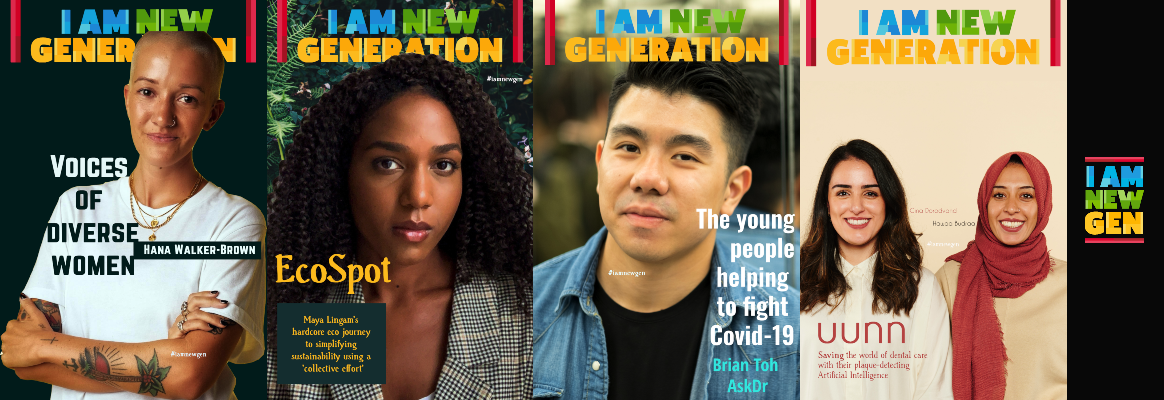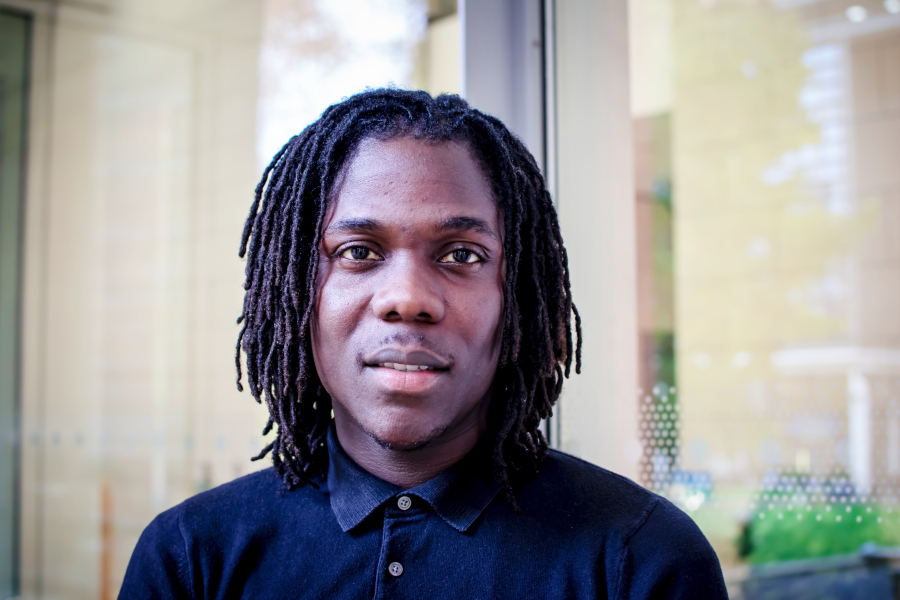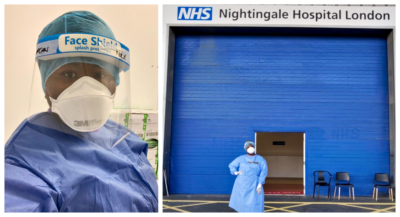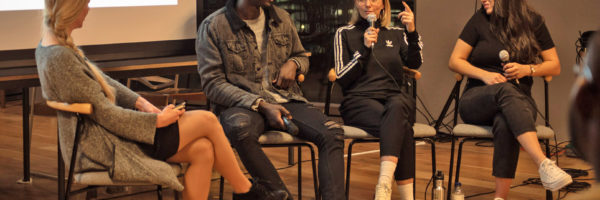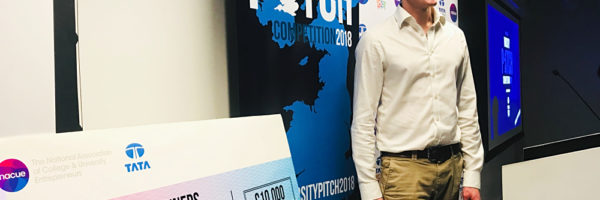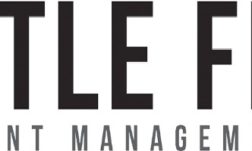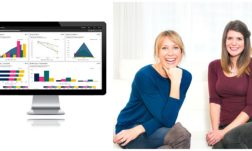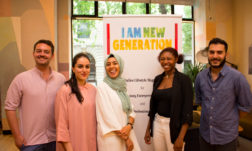Recruitment is just one of the ways that direct or indirect bias can slip into our decision-making. We need to do more to ensure that these biased views have no place within the working environment – That is where my startup seeks to make the change.
Mac Alonge created his tech platform ‘The Equal Group’ to remove bias from the system, which is used to recruit and progress people in the workplace. He discusses the need for technology to be a game-changer in tackling and driving out inequality within employment policies.
“I’m personally driven by the fear of having to tell my kids and future generations that they will have to work twice as hard to get half as much.
Over the last few years, we have seen how tech has fundamentally changed the game across all industries and sectors, from transport to fast food – like Uber, Lyft, Deliveroo, and Just Eat.
However, the day to day essentials of how people enter and progress through the workplace has changed very little.
I’ve always been quite a naturally inquisitive person and I remember my mother’s exhaustion at my various questions, with her common retort of ‘that’s just the way it is‘.
This usually signaled to me that she didn’t have any more explanations to offer me and this childhood curiosity led me to question a number of things in my adult life.
Having worked in the energy and utility industry for the last 10 years, one of the questions that I’ve long toyed with has been – Why are there little-to-no people of colour within the higher echelons of the energy industry?
This question also led me to explore similar situations, for example, a general lack of diversity at decision-making levels in almost all other industries, including but not limited to tech, finance, and sports.
Over the years I’ve been involved in recruitment as both a job seeker and as a hiring manager and can attest to times when my personal bias have crept into my decision making.

We all hold certain biased views that have been shaped over decades by our personal relationships, the media and the things that we were exposed to growing up.
We live in a data-driven world with industry-changing inventions hitting the market every day, yet the way we deal with people in the workplace has not radically changed at all.
We live amongst systems and processes that are occasionally used to damage and harm.
Looking at significant events such as the #MeToo movement we can perhaps see the implications of a lack of diversity and inclusion in the context of the film industry.
All systems prevail until people demand better, both individually and collectively.
From a personal perspective, over the course of my career, I have enjoyed engaging in mentorship, both as a mentor and mentee.
However, I find no comfort in persevering and encouraging others to persevere within a broken system.
The onus is on us to identify those parts of the system that are broken and implement real change.
Within the business environment, the recruitment system is prime for disruption – In addressing diversity and inclusion issues, the question of ‘how’ people get into an organisation is relevant.
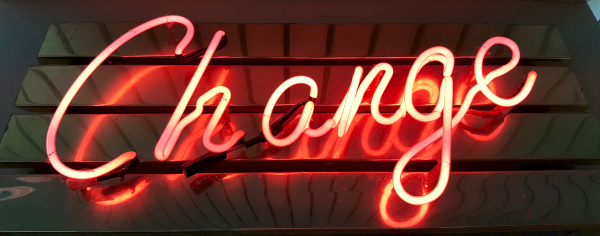
What are the hoops they must jump through and why?
Most companies use a CV filter as their first stage in their recruitment process – why?
What does this CV tell us about a person’s ability to do a job and what proxies are used in place of actual data?
Proxies are almost always used in a bias confounding way – for example, companies that only recruit from specific universities will only have access to a limited demographic.
Hence the company will expose itself to any diversity issues present within the university, therefore continuing the negative cycle of biased decision making.
With a view of how recruitment can work better to facilitate greater levels of diversity and inclusion, my team and I set about developing a tech solution to the current outdated and traditional recruitment model.
We work with companies to get to the heart of their diversity and inclusion issues, using the power of tech and data analytics to provide companies with a straightforward means to hire without bias and recognise the areas where bias can creep in.
Having developed our first tech platform – EQ Hire – we are in the process of building more tech solutions to eliminate bias from the workplace, with the energy industry being our immediate focus.
EQ Hire hides identifying characteristics from the hiring manager, whilst the candidate participates in aptitude, ability, and psychometric tests to provide a candidate score.
The system uses predictive analytics to determine which candidates are likely to perform well within the advertised role.
In focusing on individual industries, we will build up a picture of what ‘good’ looks like from a diversity and inclusion (D + I) point of view – in the context of where a specific industry or company is on their D+I journey.
Whilst my journey through the energy industry has been relatively straightforward, I look to future generations and believe that we can do better.
There are a plethora of systems and processes that propagate bias and allow nepotism, and prejudice to thrive.
I can’t just look at a lack of diversity and say that’s just the way it is.
In the context of these thoughts, I pondered my mum’s closed response with a renewed sense of purpose to change the status quo.
I want to leave a legacy to future generations so their – that’s just the way it is – is a commentary on greater levels of diversity within boards across the business world.”
Images Copyright – Interviewees / Unsplash
More Stories
Spot A Gap In The Market – How I Launched My Home Staging Business
